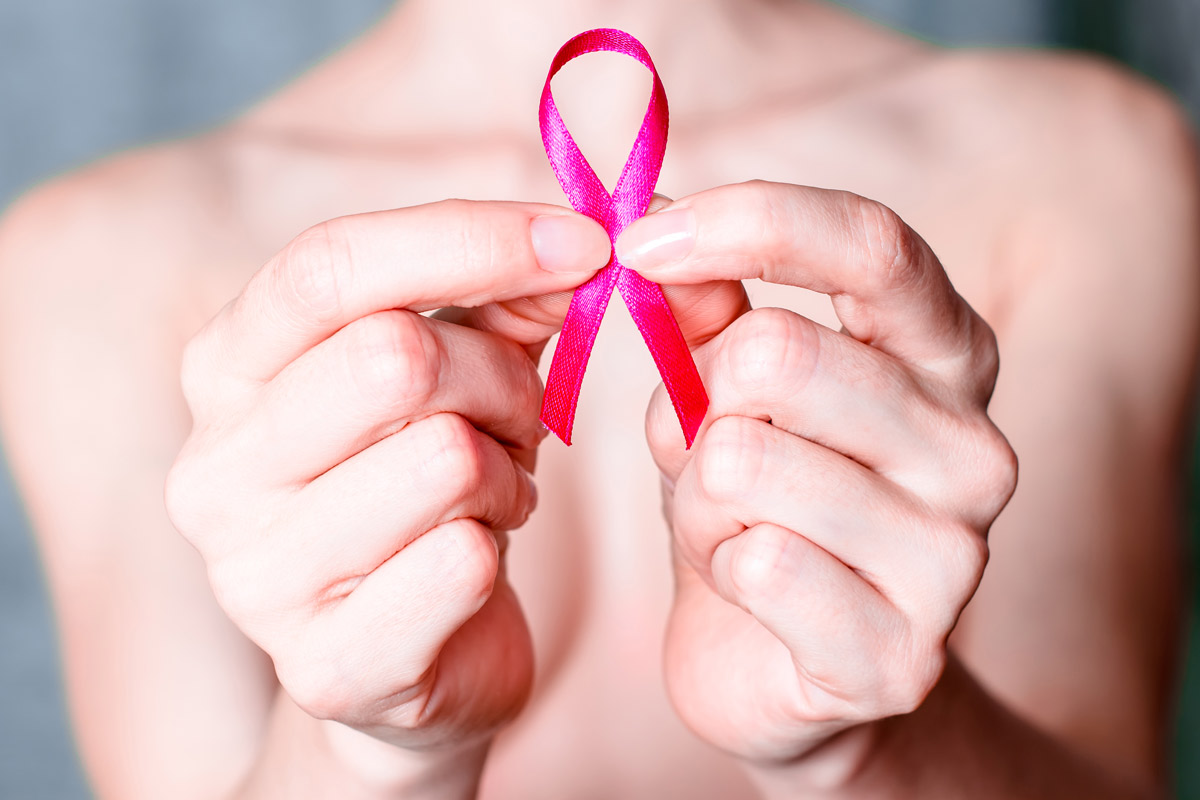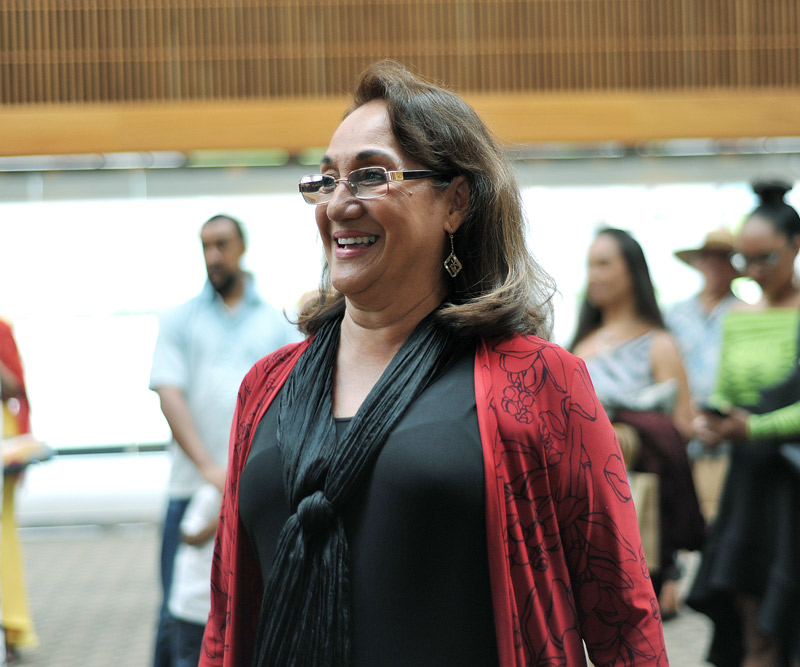
Breast Reconstruction: Rebuilding Life After Cancer
Losing one or both breasts to cancer can take a heavy toll on a woman's self-esteem.
“Cancer treatment leaves not just physical scars, but psychological, spiritual and emotional scars as well,” says Dr. David Cho, a plastic surgeon at Straub Medical Center.
“Breast reconstruction can play a role in treating those non-physical forms of pain, and all members of a woman’s cancer team have an obligation to, at a minimum, make sure that their patients understand their treatment options,” Cho adds.
Breast reconstruction is achieved through several plastic surgery techniques that attempt to restore a breast to near normal shape, appearance and size following mastectomy.
Reconstruction can begin at the same time as mastectomy, or be delayed until the patient heals from mastectomy and recovers from any additional cancer treatments.
“Knowing what types of breast reconstruction options are available may help a woman decide what treatment option to undergo,” Cho says. “For example, she can decide whether to do breast conserving therapy (lumpectomy plus radiation) or mastectomy with reconstruction.”
There are two types of breast reconstructive surgery options available to women:
- Reconstruction using implants – An implant filled with silicone gel or saline is used to recreate the breast mound.
- Autologous reconstruction – The breast mound is built using tissue "borrowed" from another part of the body.
No matter the type of procedure, breast reconstruction not only is important in the treatment of cancer; it allows women to feel whole again after treatment.
“Patients have told me that, following reconstruction surgery, they feel complete again,” Cho says. “They have increased self-confidence and self-esteem. They enjoy life again.”
However, it is important to note that there are cases where breast reconstruction is not appropriate.
“There are cases in which a patient is too weak to undergo an operation or her condition may require breast reconstruction to be delayed. In some very rare patients, breast reconstruction might not be an option altogether,” says Cho.
“At the Hawaii Pacific Health Cancer Centers, we take a rigorous team approach to cancer care,” Cho adds. “Our multidisciplinary team comprised of surgeons, medical oncologists, radiation oncologists, reconstruction specialists, radiologists and pathologists meet regularly to consider all treatment options to ensure all appropriate care options are offered to patients.”
Although breast reconstruction following a mastectomy or lumpectomy may not be for every woman, every woman should be informed of the options to which she is legally entitled.
“Thanks to the Women’s Health Care and Cancer Rights Act in 1998, health plans that offer breast cancer coverage are required to provide coverage for breast reconstruction and prostheses,” Cho states. “While breast reconstruction is considered elective surgery, it is a benefit covered by insurance plans for women who have undergone mastectomy.
“A woman should discuss the pros and cons of breast reconstruction with a board-certified plastic and reconstructive surgeon to determine if the procedure is the right choice for her," Cho adds. "Like any surgery, breast reconstruction carries serious risks and in some cases may not be an appropriate option, depending on the patient’s condition following breast cancer treatment. The decision to have breast reconstruction is a personal one, but all women should know their options."
To learn more about breast reconstruction, implant options and if surgery is right for you, visit the Straub Cosmetic Surgery website.
Published on: October 17, 2018




